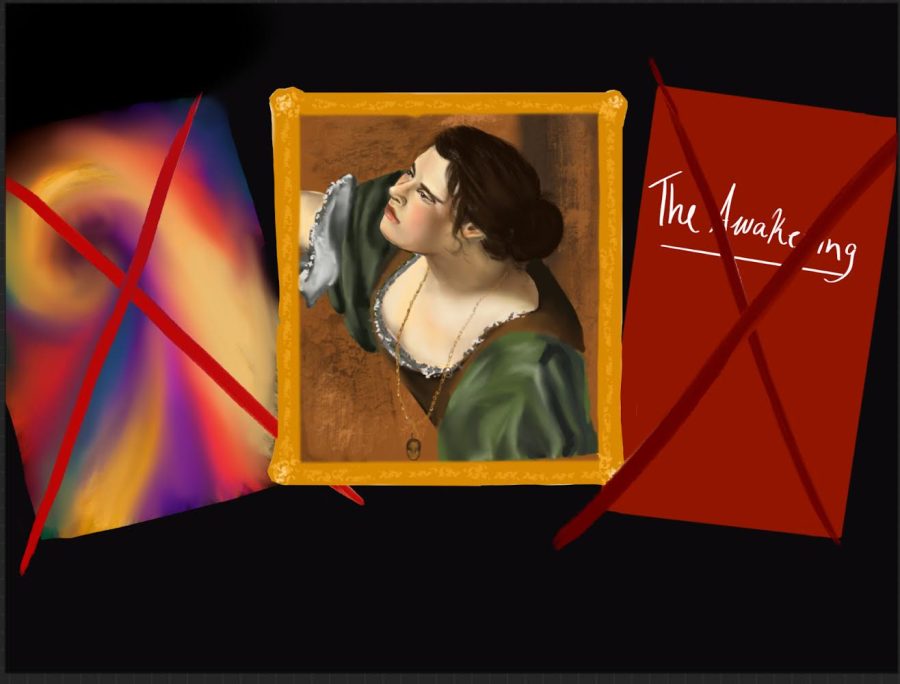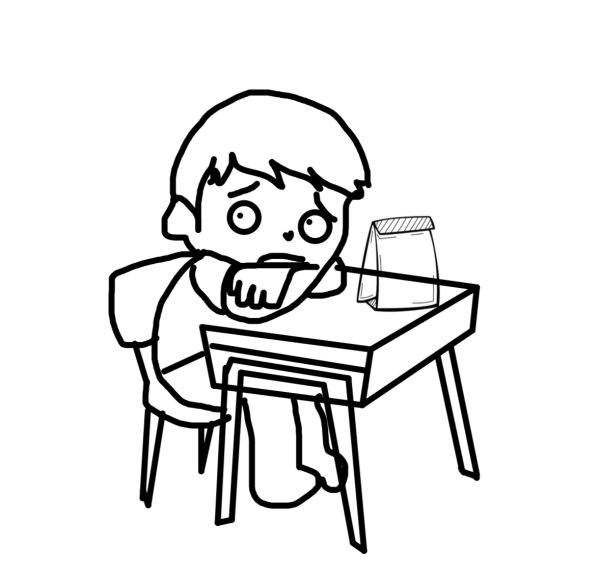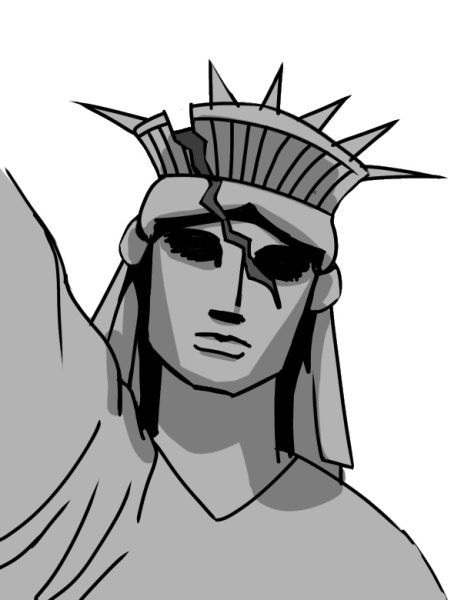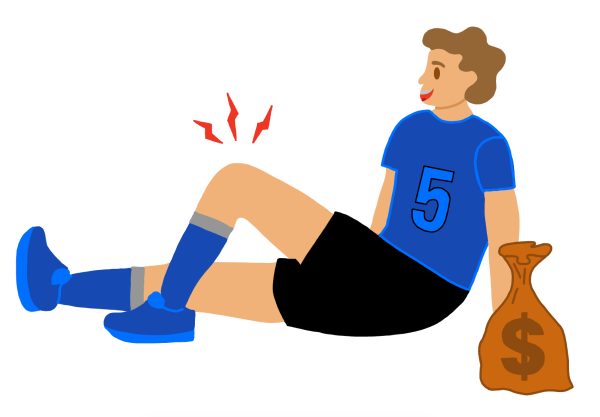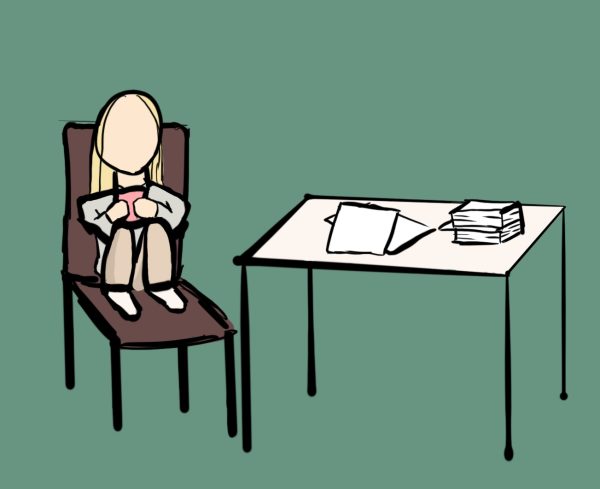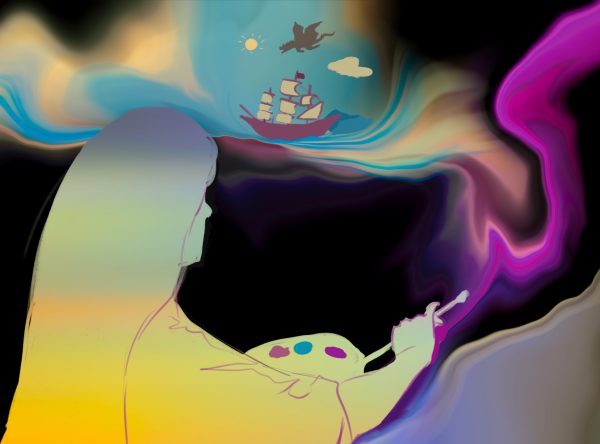It is time for a societal ‘Awakening’
When the topic of the arts and literature is brought up in conversation, most immediately think of the “greats’’ who have mastered the medium of paint and pencil or diction and syntax: Pablo Picasso, Salvador Dali, William Shakespeare, Vincent Van Gogh, Edgar Allen Poe, the list goes on. Of course, there are women who have mastered these skills as well, most notably mentioned Frida Kahlo and Georgia O’Keeffe. Perhaps even Emily Dickinson? There appears to be a large gap that exists between the recognition of female and male artists. This is apparent even in common commentary on the arts although society has progressed into an age that allegedly upholds equality in all forms of classification—especially sex.
Literature and visual art are integral parts of society serving as necessary factors in education in the U.S as well as composing a significant portion of entertainment consumed by everyday people. They are thought-provoking and moving, linking history to the present and paving the way for future innovations. It is for this reason the universality of literature and art is ironic—not all people who create it are recognized for their contributions simply due to existing prejudices and factors they themselves cannot control.
“Male authors are also more likely to win awards and are significantly more likely to be included on course syllabuses at both high school and tertiary levels. In short, writing by men is considered more culturally important,” describes Lisa Dempster from The Guardian. Literature is vital to education as it serves as the basis of human interaction and expression, so, why should it only be perceived as valid when it comes from a singular point of view? There is a parallel that exists between literature and art in terms of recognition being primarily granted to male contributors.
“Works by female artists comprise a small share of major permanent collections in the U.S. and Europe, while at auction, women’s artworks sell for a significant discount compared with men’s,” explains Taylor Whitten Brown from artsy.net. Women are not given the same opportunities or acknowledgment as their male counterparts. This further contributes to the lack of representation in both literature and art creating the false narrative that women do not contribute significantly enough to the arts.
“Differences in gallery representation; the cultural biases of art interpretation; the cliché of the art world “bad boy”; the sexism of aging; the imbalanced weight of parenthood; the proportion of curators, collectors, and gallery representatives who are female; and the lack of assertiveness among female artists have all been proposed as hypothetical causes” clarifies Brown. Brown expands on how gender norms have formed many of the gender disparities existing in the arts ranging from recognition to pay. The historical implementation of gender norms play out even in the modern era that “upholds” feminism and gender equality.
While sexism is a larger, society-ingrained form of oppression, it is important to acknowledge individuals in the arts who further reinforced this in their work and “legacy.” Descendants of distinguished artists and writers, such as Marina Picasso, are able to reflect on the delight of the contributions of their predecessors and, more importantly, the destruction they may have caused.
“Marina saw her grandfather’s treatment of women as an even darker phenomenon, a vital part of his creative process: “He submitted them to his animal sexuality, tamed them, bewitched them, ingested them, and crushed them onto his canvas. After he had spent many nights extracting their essence, once they were bled dry, he would dispose of them,” Cody Delistraty from The Paris Review morbidly describes. Marina Picasso exemplifies the cruelty of Pablo Picasso’s treatment of women, a recurring subject in his art. Many of Pablo Picasso’s famous works feature women and the female figure—not being honored or praised but rather exploited.
“If the art world truly wants to be inclusive, it’s going to need to start embracing more complex art historical narratives” as Shannon Lee from Artspace asserts. Many literature and art movements and techniques would not exist without contributions from women. It is for this reason women in the arts should receive more support and praise from within these communities. Women need to be uplifted and treated equally to their male counterparts to repair the gender pay gap exacerbation and ensure they receive the recognition they rightfully deserve.
Your donation will support the student journalists of Saint Viator High School. Your contribution will allow us to purchase equipment and cover our annual website hosting costs.



